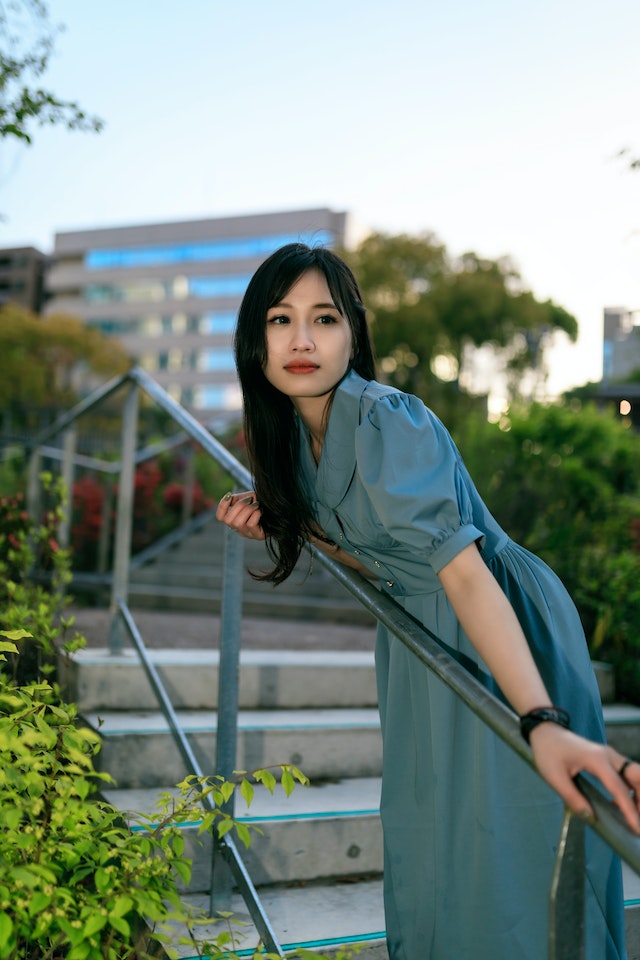In the world of photography, filters play a crucial role in transforming images into captivating visual stories. One such filter that has stood the test of time is the Sepia filter. Known for its vintage charm and ability to evoke nostalgia, the Sepia filter holds a special place in the hearts of photographers and enthusiasts alike. In this blog, we’ll dive into the world of the Sepia filter, understanding its origins, applications, and the unique emotions it can evoke.
1. The Origins of Sepia: A Glimpse into History The Sepia filter draws its name and inspiration from the ink sac of the common cuttlefish, known as Sepia. In the early days of photography, the process of printing black and white images involved using a solution made from this ink, which resulted in the distinct brownish tones that we now associate with the Sepia filter. These tones not only added an artistic touch but also helped preserve the photographs, making them less susceptible to deterioration.
2. Embracing Nostalgia: The Power of Sepia The Sepia filter holds the remarkable ability to transport us back in time, evoking a sense of nostalgia that can be deeply moving. The warm, brownish hues mimic the look of aged photographs, instantly creating a connection to eras gone by. When applied thoughtfully, this filter can breathe new life into modern images, giving them an air of timelessness.
3. Applications and Aesthetics
- Portrait Photography: Sepia filters can work wonders in portrait photography, adding a touch of elegance and emotion. By softening the harshness of modern colors, the filter lends a classic, refined quality to portraits, making them appear almost painterly.
- Landscape Photography: When applied to landscape shots, the Sepia filter can transform ordinary scenes into breathtaking vistas reminiscent of old postcards. It enhances textures and details, emphasizing the natural beauty of the environment.
- Street Photography: Capturing the hustle and bustle of city life through a Sepia filter can create a fascinating juxtaposition. The filter can highlight the timeless aspects of urban landscapes while offering a unique take on contemporary life.
4. The Art of Selective Application While the Sepia filter can infuse images with a vintage aesthetic, it’s important to exercise caution and artistic discretion. Not all photographs are suitable for Sepia treatment. Careful consideration of the subject matter, composition, and intended emotions is necessary to ensure the filter enhances rather than detracts from the image’s impact.
5. Modern Technology and Sepia Filters In today’s digital age, recreating the Sepia effect is as simple as a few clicks. Most photo editing software and apps offer the option to apply this classic filter, allowing photographers to experiment with different levels of intensity and customize the results.
6. Beyond Sepia: Variations and Alternatives While Sepia remains a beloved choice, the world of photo editing offers various other filters that can evoke similar emotions. Filters like “vintage,” “aged paper,” or “old film” can also transport viewers to different eras and moods, expanding the creative palette for photographers.
